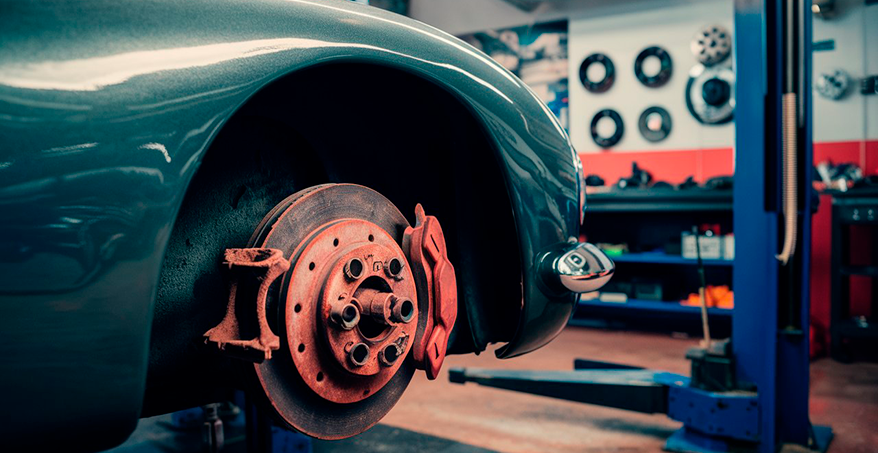Discover the key warning signs that indicate your brakes need replacing and learn how to keep your vehicle safe and roadworthy.
Your vehicle’s braking system is its most critical safety feature, directly responsible for preventing accidents and ensuring you have control in all driving conditions. Yet, brakes are subject to regular wear and tear due to frequent use, making it essential to recognize when they need replacing. Ignoring early warning signs can lead to costly repairs or even life-threatening failures.
This guide will help you identify the most common indicators that your brakes require attention, ensuring that your vehicle remains safe and roadworthy.
1. Persistent Squealing or Screeching Sounds
One of the earliest and most noticeable signs of brake issues is a high-pitched squealing sound. This noise often indicates that the brake pad wear indicators are in contact with the rotor, signaling that it’s time for a replacement. If the sound evolves into a grinding noise, it suggests the pads are entirely worn, and the rotors may be damaged. Addressing this promptly can prevent more expensive repairs and maintain the integrity of your braking system.
2. A Spongy or Unresponsive Brake Pedal
If your brake pedal feels soft, spongy, or requires more pressure than usual to engage, it’s a clear indication that something is wrong. Possible causes include air in the brake lines, worn-out pads, or a leak in the hydraulic system. Reduced brake responsiveness significantly compromises safety and requires immediate professional attention.
3. Vibrations When Applying the Brakes
A pulsing or vibrating sensation in the brake pedal when you stop can signal warped rotors. Rotors often become uneven due to prolonged exposure to excessive heat or heavy braking. This issue can affect your vehicle’s ability to brake evenly and should be addressed to ensure smooth and effective stops.
4. Warning Light Illuminated on the Dashboard
Modern vehicles feature dashboard warning lights for the braking system. If the brake warning light activates, it could indicate a variety of problems, including low brake fluid, worn brake pads, or an issue with the anti-lock braking system (ABS). Never ignore this alert—get your vehicle inspected promptly to determine the cause and ensure your brakes function optimally.
5. Strange Odors During or After Braking
A strong burning smell after heavy braking, such as when driving downhill or in stop-and-go traffic, is a potential red flag. Overheated brakes can cause the brake fluid to boil, resulting in reduced braking performance or total brake failure. If you notice this odor, stop driving and allow the brakes to cool. Persistent smells require inspection by a professional.
6. Pulling to One Side When Braking
If your vehicle veers to one side when braking, it’s often a sign of uneven brake pad wear, a stuck caliper, or issues with the brake fluid. This problem can make driving unpredictable and unsafe, particularly during emergencies. Immediate service is necessary to restore even braking.
7. Increased Stopping Distance
If your vehicle takes longer to stop than it used to, even under normal conditions, it’s a clear sign that your brakes are compromised. This issue may stem from worn pads, inadequate brake fluid levels, or issues within the braking system’s mechanics. Reduced stopping power poses a significant safety risk and should be resolved without delay.
8. Visible Damage or Wear on Brake Components
In some cases, you can visually inspect the brake pads and rotors through your vehicle’s wheels. If the pads are less than a quarter of an inch thick or the rotors show grooves, scoring, or excessive rust, replacement is necessary. Regular visual inspections can help you catch wear before it becomes severe.
Conclusion
Maintaining a well-functioning braking system is non-negotiable for any driver. Recognizing the warning signs of brake wear—such as unusual noises, vibrations, or reduced responsiveness—can help you address issues before they escalate. Regular inspections and timely replacements not only save you money but also ensure the safety of you and your passengers. Whether it’s replacing worn brake pads, addressing warped rotors, or fixing hydraulic issues, taking proactive measures is key to a reliable driving experience. Always consult a certified mechanic for professional advice and service.


